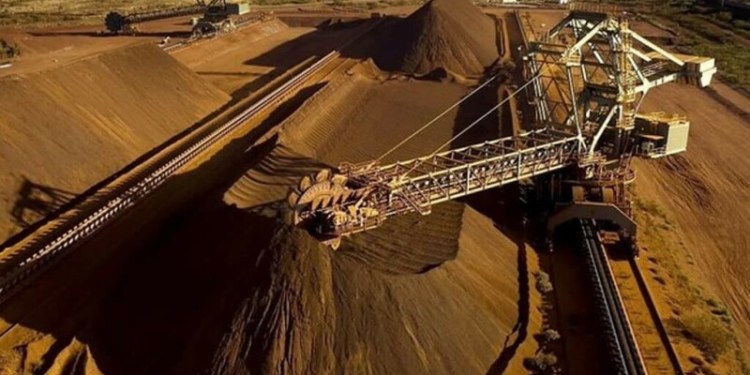Icebreaker that holds the required equipment has been sent for repairs, which could take weeks
Royal Dutch Shell has been granted two final permits to explore for crude in the Arctic this summer, but the US has banned the company from drilling for oil until emergency equipment arrives in the region.
The US Interior Department’s Bureau of Safety and Environmental Enforcement (BSEE) conditionally granted Shell (LSE: RDSB.L – news) permits for exploration in the Chukchi Sea off Alaska, in a season which sea ice limits from July until October.
However, Shell must have emergency equipment to contain a potential blown-out well deployable within 24 hours before drilling into the oil zone, the BSEE said.
Shell discovered weeks ago that the Fennica icebreaker that holds the required equipment, called a capping stack, had a three-foot gash in it.
“Without the required well control system in place, Shell will not be allowed to drill into oil-bearing zones,” BSEE director Brian Salemo said.
Shell sent the Fennica, which it is leasing, to Portland, Oregon, last week for repairs. Fixing the gash and sending it back could take weeks.
Environmentalists have criticised Shell’s drilling plans in the Arctic
Shell spokeswoman Kelly op de Weegh said the Fennica’s “stay in Portland will be determined by the time it takes to make a safe, permanent repair”.
It is likely the icebreaker will return to the Chukchi before the preliminary drilling reaches the oil zone, expected sometime in August.
“Once we have determined the area is clear of sea ice, support vessels are in place, and the Polar Pioneer (rig) is safely anchored over the well site, drilling will begin,” Ms op de Weegh said.
Shell has spent about $ 7bn on Arctic exploration but has produced no oil nor gas. If it finds the region to be rich in economically recoverable oil, production would not begin for at least a decade.
Environmentalists have criticised Shell’s drilling plans in the Arctic, which is home to whales, walrus and polar bears .


























